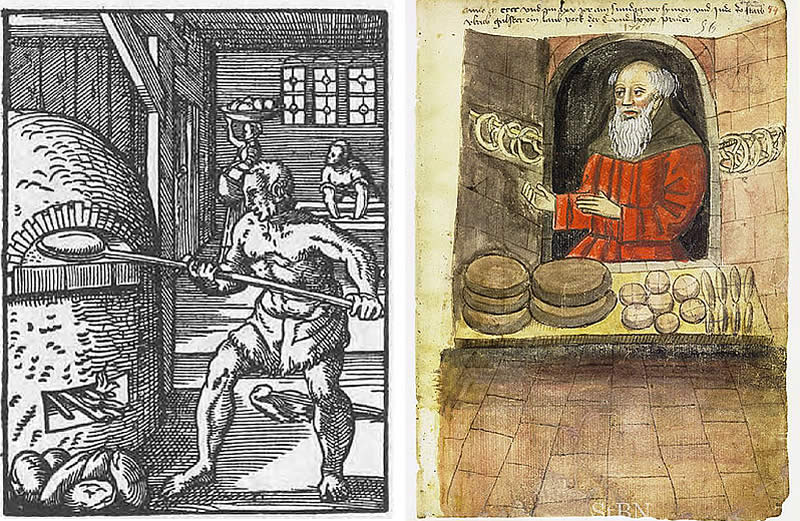And he looks at me, with eyes wiser than his
years. He cannot tell me what his mind is saying, so instead he uses his
powerful body to communicate.
Sometimes his eyes alone can show the meaning
behind his actions and other times just they way he carries himself, tells me
how he feels. There is no truer friend then him, for he knows me inside and
out.
When I sit astride him he listens to what my body tells him; not because
he has to, but because he WANTS to.
You cannot trap his spirit or be his
master, for his soul alone is purer, his body, rippled with muscle, more
powerful, his heart more forgiving than your own.
He is an Angel without wings,
his forelock and mane, his halo. He is more courageous, more loving, more
trusting, more powerful, than any other being in this world - and yet so gentle
as to let me join him on his Journey.
He is my best friend, who tells no one of
my secrets, who rejoices in my joys, shares in my sorrows, and his neck is
always there to wrap around me in a caress. A caress that gives me everything
I've ever needed: Warmth, security, hope, strength, and reassurance.
I cannot
break his spirit, nor would I ever want to. I cannot be his Master; only his
Partner. When I do wrong, he does not judge me. When I cry, he comforts me.
When I laugh, he prances around with his head held high and his tail streaming
behind like silk.
It is not I who teach him, it is he who teaches me. He does
not need to talk for me to listen, I understand him in a way I'll never
understand even myself. And he knows me, more than anyone that walks this
earth. And he accepts me, for everything I am.. and everything I am not. And he
looks at me, with eyes wiser than his years.
- SOURCE UNKNOWN


